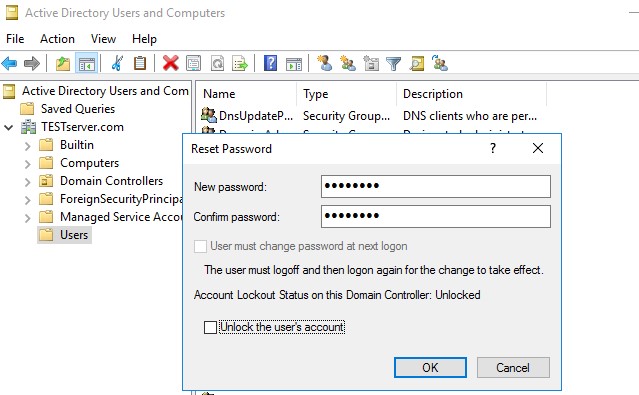Streamline Your IT Operations with Powerful AD Management Tools
Streamline Your IT Operations with Powerful AD Management Tools
Blog Article
A Step-by-Step Guide to Efficient User Import into Active Directory
Managing users in a Effective Directory (AD) environment is just a important job for IT administrators, and one of the most common operations is importing people to the directory. Whether you're onboarding new employees or migrating from another program, an effective and streamlined consumer active directory management tools for sustaining a healthy and organized AD structure. In that step-by-step manual, we'll walk through the very best methods for importing people into Productive Listing, ensuring reliability, security, and efficiency.
Step 1: Prepare the Consumer Data
Before importing people in to AD, it's crucial to get ready the mandatory data. That usually includes individual titles, mail addresses, cell phone numbers, departments, and different applicable attributes. The best exercise is to employ a organized format, like a CSV (Comma-Separated Values) record, to arrange and store the consumer information. Make sure that each column in the CSV corresponds to an AD feature (e.g., First Title, Last Title, Username, etc.).
Pro Hint: Double-check the information for accuracy. Mistakes as of this stage can lead to problems throughout the import method and develop difficulties down the line.

Stage 2: Select the Right Transfer Process
There are several ways to transfer consumers into AD, based on your preferences and available resources. For smaller steps, guide transfer applying Effective Directory Consumers and Computers (ADUC) may suffice. Nevertheless, for bigger datasets, automation tools like PowerShell texts or third-party instruments can save your self time and minimize errors.
PowerShell is among the most popular strategies for importing users. Having its effective scripting abilities, you can transfer user data from CSV files and produce individual reports in bulk. Additionally, PowerShell lets you customize user attributes throughout the transfer process, rendering it perfect for complex environments.
Stage 3: Collection Up Organizational Devices (OUs)
Organizational Items (OUs) are accustomed to coordinate customers within Productive Directory. It's best training to make a well-structured OU hierarchy before importing users. It will help streamline management projects such as class policies, accessibility regulates, and reporting.
When publishing users, designate them to the right OUs based on their division, role, or location. This not merely keeps your AD structured but additionally assures that specific group guidelines and permissions are used correctly.
Stage 4: Transfer the Customers
After the info is ready and OUs are set up, you can begin the import process. If applying PowerShell, the script may browse the CSV file and create person records in AD on the basis of the presented attributes. You can include additional alternatives, such as setting code procedures, allowing reports, or adding people to particular communities, depending on your organization's requirements.

Realization
Successfully publishing customers into Active Directory requires careful planning, correct knowledge preparation, and the best tools. By following this step-by-step manual, IT administrators may ensure an easy and organized import process, reducing errors, enhancing safety, and maintaining a clean and organized AD environment. Whether using manual practices or computerized tools, the main element to success lies in preparation, proof, and constant management. Report this page